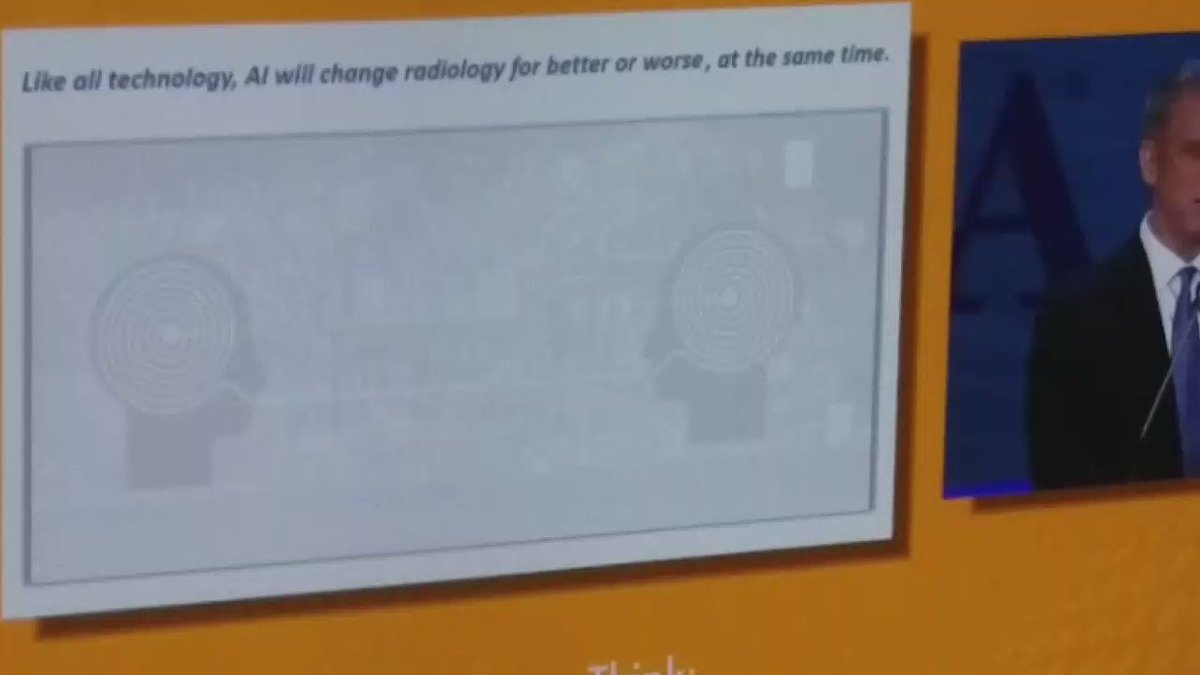San Fransico, CA- Artery is a medical imaging platform that has recently been approved to help doctors diagnose heart problems. It is the first technology to be cleared by the FDA that leverages cloud computing and deep learning in a clinical setting.
“Arterys is committed to broadly accelerate the transformation of data-driven medicine through advanced cloud medical imaging analytics. […] This application demonstrates the power of deep learning combined with cloud supercomputation to aid physicians in interpreting medical images – eliminating tedious manual tasks carried out on a workstation by accurately automating those processes.” -Fabien Beckers, Arterys CEO
The current use for their platform is to help physicians understand how a heart is functioning, by providing accurate measurements of the volume of each ventricle. This gives physicians a more precise health assessment.
Video Player
00:09
00:29
“We’re trying to make it quantitative and data-driven. We started with the heart because that is one of the hardest organs to do – and now we know we can do this, we can use it in many other areas.” -Fabien Beckers, Arterys CEO
There is a huge potential for machine learning systems to access the vast amount of digital image data collected by medical scanning equipment and aid in diagnosis. This has been talked about for some time… but with Arterys being given 501(k) clearance, the path has been cleared for many more applications of this game-changing technology. Arterys next challenge – tackling cancer imaging.
Machine Learning in Medicine
Machine learning and AI are hot topics in medicine. AI programs like IBM Watson have been shown to be 90% accurate in diagnosing breast cancer cases compared to tumor boards. Watson is also powering Adgorithms by responding to conversational queries like ‘is this medication right for my son?’ with relevant, sponsored content.
But, as many experts point out, it’s not about replacing the physician. It’s about augmentation.
Follow
Rasu Shrestha MD MBA @RasuShrestha
#AI should AUGMENT, not just automate radiology.
Dr Keith Dreyer, #RSNA16 #machinelearning #imagingIT @RSNA
11:45 AM - Nov 27, 2016 · Arie Crown Theater
We’ve been following this trend in our 2017 Trends Report. We call it Dr. Batman and AI Robbin.
“Radiation therapy, my dear IBM Watson.” Artificial intelligence is already changing the way major academic research institutions assess, diagnose and treat complex diseases. 2017 will mark the rise of new collaborations growing between humans and machines.
Why This Matters:
We all know the impact machine learning is having on advertising and communications.
But what impact do our medical communications have on machine learning?
Are we actively targeting the algorithms that will significantly impact treatment decisions in the future? Do we know how to do that effectively?
Touch points across the patient journey are increasingly being automated with chatbots powered by AI. They’re helping digitally savvy patients increase access to care, provide preliminary diagnosis and recommend potential treatment options.
Even search giants like China’s Baidu are investing in these AI medical chatbots.

Optimizing content to please algorithms is nothing new. Marketing experts have been engaging in search engine optimization (SEO) since Y2K. But what does medical machine learning optimization (MLO) look like?
How can pharma brands best position themselves in the eyes of the algorithm?
To do this effectively we would need to start with a deep understanding of the algorithm: Who wrote it? What is it designed to accomplish? How does it make decisions?
Communication mediums might change, too. Will we develop websites specifically tailored for machine learning algorithms? Instead of ‘mobile optimized and responsive’ we’ll need to present data from clinical trials, treatment algorithms, payer coverage and clinical efficacy in ways that positively influence machine learning and AI decision making.
Maybe they’ll be a new role in the creative department… instead of UX designers, we’ll have AIX designers (artificial intelligence experience).
The future of medical diagnosis and treatment selection is undoubtedly shifting toward AI aided decision making. The question remains: how will the medical communications community respond?






